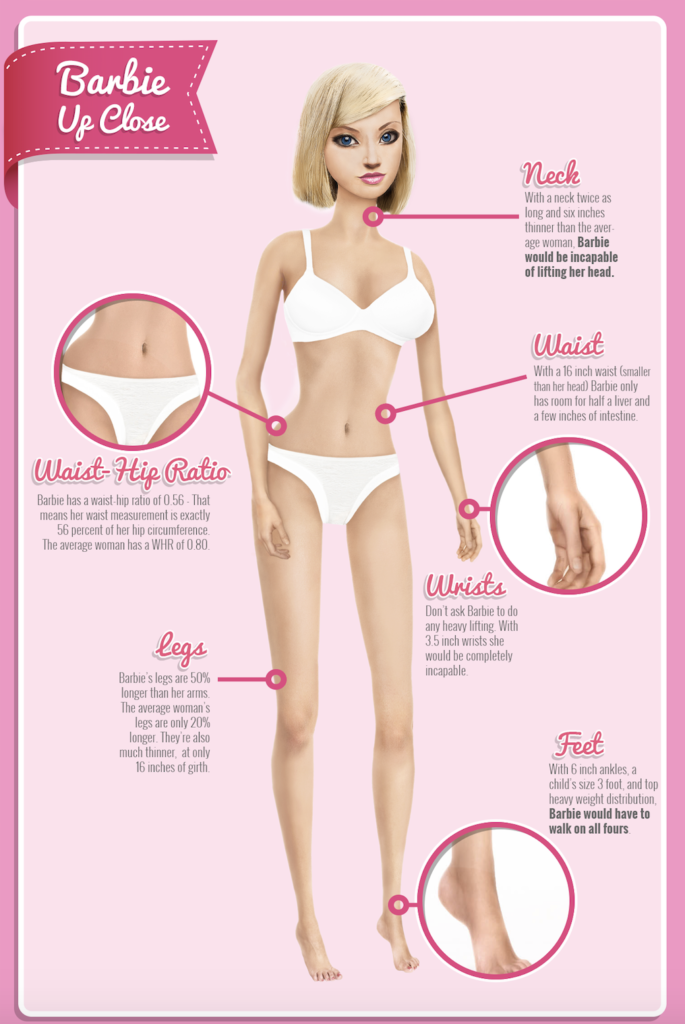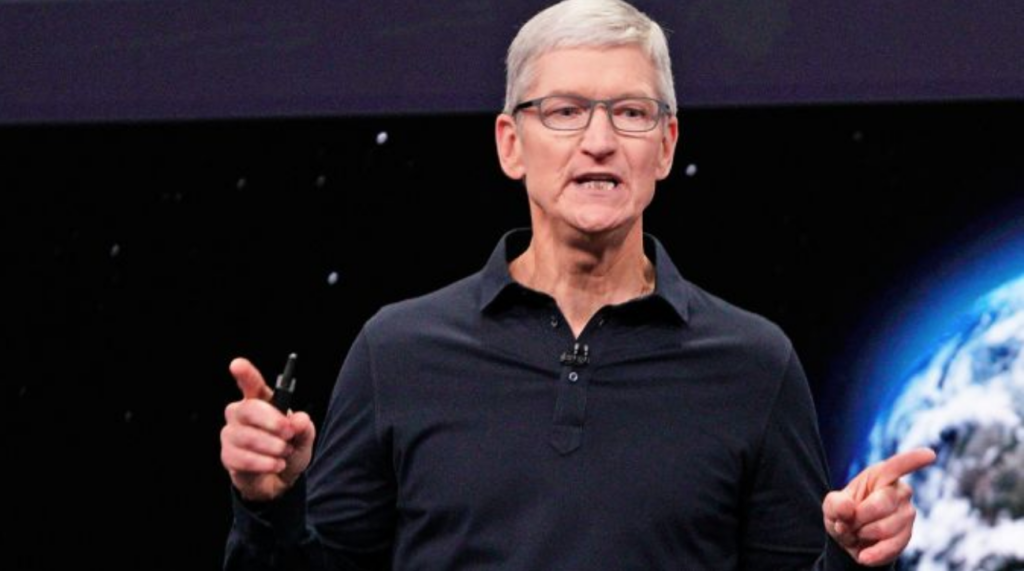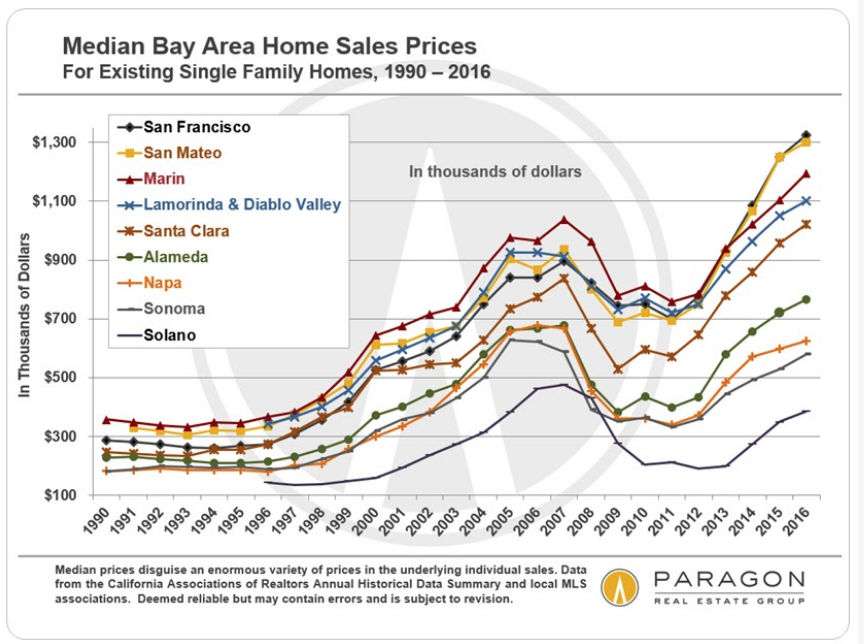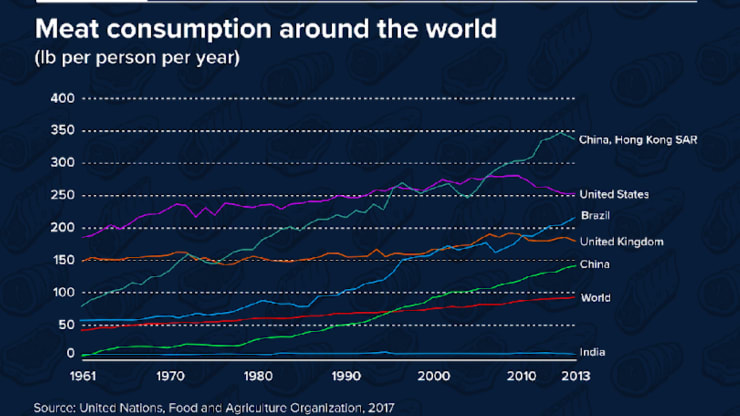From a young age, my family and I would routinely clean out our home and take our give-aways to Goodwill. Around high school, I started going back to Goodwill to buy my clothes. My friends and I used to take trips to San Francisco to stop by Buffalo Exchange, Crossroads, Waste Land, and all the small stores in between. Second-hand stores have a strong presence in the fashion industry. Whether it is through occupying the online space through websites like ThreadUp, or traditional retailers like Macy’s creating spaces for secondhand clothes in their stores, thrifting is pushing the fashion industry towards an environmental and economic change.
Nowadays, it’s as important to appear socially conscious as it is fashion-forward. Nearly everything in my closet has been bought at a flea market, a thrift/consignment store, taken from a friend’s closet. Whether I buy clothes that are new with tags from a thrift store, or a shirt that’s been around since the ’70s, I find solace in knowing like buying clothes that aren’t brand new–it’s less wasteful. According to an article by Forbes, “Millennials prefer to do business with corporations and brands with prosocial messages, sustainable manufacturing methods, and ethical business standards.”
Buying second-hand clothing used to be looked down upon, but it has become one of the trendiest and most mainstream habits. Recently in Austin, Texas, I passed by a Goodwill Boutique. Now that thrifting has become widely accepted, stores are becoming curated in ways that cater to tastes and habits the same way that larger brands do. In 2018, Goodwill launched this new shopping concept with internal stylists and secondhand pieces from fashion influencers.
Thrifting is beneficial for all parties involved. First of all, the shopper saves money by purchasing second-hand items. Whether shopping at a consignment store, or a non-profit like Goodwill, money is either circulating back to the original owner or through the community. Also, clothes are being upcycled which prevents waste. Goodwill NYNJ alone saved 38 million pounds of clothing from the landfill last year.
The fashion industry makes up 10% of carbon emissions globally. According to the Ellen MacArthur Foundation, one garbage truck’s worth of textiles is wasted every second. The fashion industry is not only responsible for these environmental concerns, but also provides the lowest-wages in the world with dangerous conditions. These facts go against the values of current and future consumers. If long-standing corporations will not make the changes at their own will, hopefully, they will under the threat of the second-hand retail industry.
The future of thrifting will disrupt the fashion industry as we know it today. According to a report by Colliers International Knowledge Leader blog, “From 2017 to 2019, millennial and Gen Z secondhand sales increased by 37% and 46%, respectively.” While the fashion industry at large is worth more than $2 Trillion, the secondhand market is projected to hit $41 billion by 2022. According to Fortune, grown 21 times faster than the retail market in the past three years. As consumers become more environmentally conscious, these numbers will grow and large corporations will begin to notice the shift––and will hopefully make changes in their own companies to become more sustainable too.























